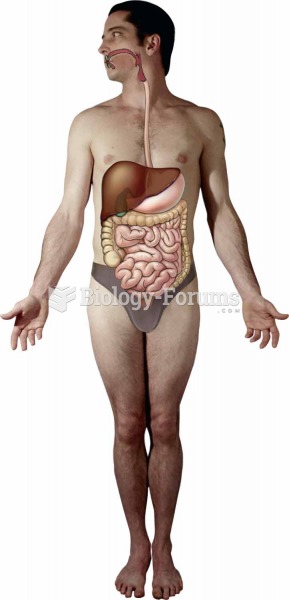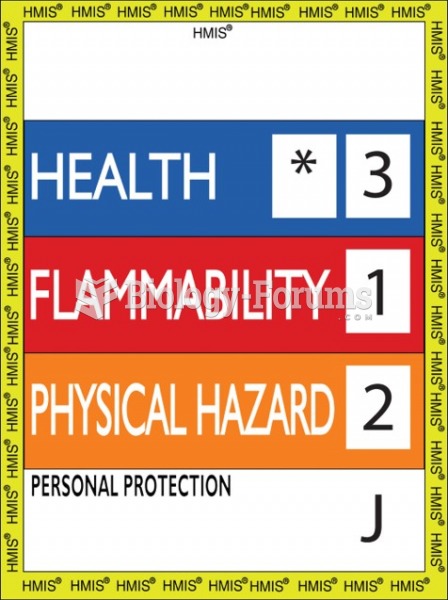|
|
|
Did you know?
Chronic marijuana use can damage the white blood cells and reduce the immune system's ability to respond to disease by as much as 40%. Without a strong immune system, the body is vulnerable to all kinds of degenerative and infectious diseases.
Did you know?
Human kidneys will clean about 1 million gallons of blood in an average lifetime.
Did you know?
As many as 20% of Americans have been infected by the fungus known as Histoplasmosis. While most people are asymptomatic or only have slight symptoms, infection can progress to a rapid and potentially fatal superinfection.
Did you know?
People about to have surgery must tell their health care providers about all supplements they take.
Did you know?
Asthma cases in Americans are about 75% higher today than they were in 1980.







